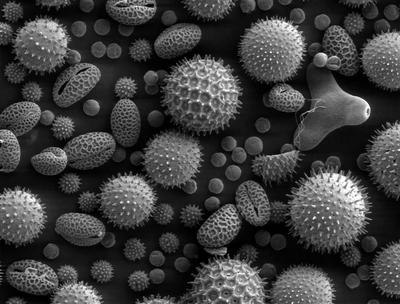Sustainability in the landscape is a must. We live in a world of finite resources.
 Reflect Do you really need this? How often am I going to have 80 people on my deck? Could I go without or could I use a substitute.
Reflect Do you really need this? How often am I going to have 80 people on my deck? Could I go without or could I use a substitute. Refuse If it is a bad idea say no. you may not need it or there may be a suitable substitute.
Refuse If it is a bad idea say no. you may not need it or there may be a suitable substitute. Reuse - Is this material really at the end of its useable life? Can I find another use for it? Can I find someone else who has a use for it?
Reuse - Is this material really at the end of its useable life? Can I find another use for it? Can I find someone else who has a use for it? Reduce - Can I reduce the size of my deck? Can I set my area up to use less energy?
Reduce - Can I reduce the size of my deck? Can I set my area up to use less energy? Recycle Can this material be precessed to have a new life? This is the next alternative to reusing. Can I use a recycled product instead?
Recycle Can this material be precessed to have a new life? This is the next alternative to reusing. Can I use a recycled product instead?










